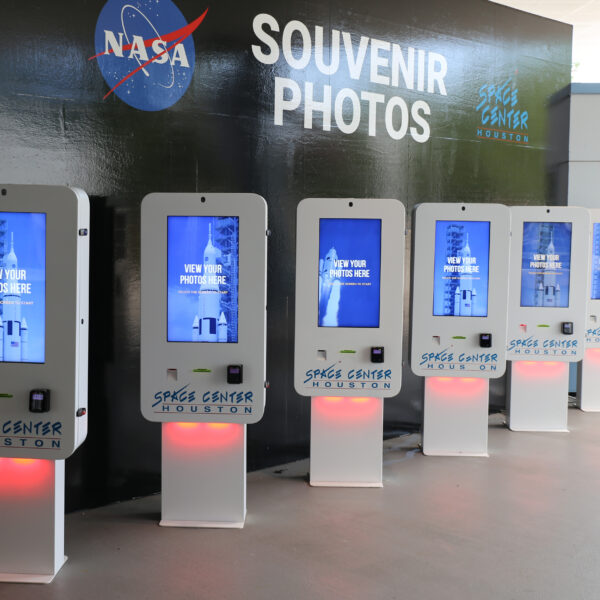
Kiosks
Close
Kiosk Industries


Before starting a retail display design project, whether as a retailer or designer, it's important to establish essential strategies to ensure the final product meets both the clients’ and end-users’ expectations.
This includes determining key guidelines like industry requirements, audience, regulations, and more. Read on to discover what should be considered during the point of purchase (POP) design process.
When creating a display project, there are some initial first steps that need to be taken.
One is setting a budget. The budget impacts the scale of the project as well as the complexity of the design. In addition, it also determines available resources, like materials, technology, and manpower.
Next to budget, clearly defining the scope of a project, including the specific deliverables, goals, and timeline, is critical. Understanding the scope helps prevent misunderstandings and ensures everyone is on the same page.
The term “know your audience” most certainly applies to the world of POP displays. Keep in mind the target audience for the product and the market it will be sold in. This information will influence the design direction and aesthetic choices.
An in-store display is an extension of a brand. As such, it needs to reflect the brand’s identity, values, and design guidelines to maintain consistency and coherence. This is why it’s imperative for brands to fully convey to the display manufacturers what they want potential buyers to know about them when viewing and interacting with the display.
This information can affect the display’s design right down to the materials used. For instance, a company that emphasizes eco-friendliness would shy away from using plastic as their main display material. The more the display manufacturer understands about a client’s brand identity and values, the better the designs will be from the beginning.
When speaking to a display manufacturer, brands need to lay out what they want the display to do. Specifically, what functional obligations they require of the display. The answer to this will influence the design process. For example, if it's an electronic display, the manufacturer will consider its features, interface, and user experience.
Apart from functional requirements, companies must be aware of any industry-specific regulations, safety standards, or certifications that the product must meet.
If relevant, consider the importance of sustainable design practices and eco-friendly materials. This is particularly important for brands whose focus or identity is on environmental friendliness.
Finally, design preference comes into play. POP displays are tasked with the unique job of acting as silent ambassadors. Not only should they attract the right kind of attention, but they should accurately represent the brand, product, or service being advertised. Color schemes, shapes, styles, lighting, and other display elements help set the stage for potential sales. It’s important to understand the aesthetic preferences of both the retailers and the customers during this process.
Understanding what the client needs from the display, what the display requires to meet those needs, industry-specific regulations, and client preference is going to help set the precedent for what the display is going to be, moving further towards the design process.
When the time finally comes to establish a plan for the design process, there are five main points that should be included:
Taking this list into account will make the design process easier to navigate for all parties.
The guidelines that the client gives to their POP manufacturer are going to contribute to the success of the final product, which is why making these clear to the manufacturer early on is so important.
By gathering this information from retailers and customers, designers can have a clear understanding of the project's requirements and tailor their retail display designs to meet those needs effectively.